Danakil and Lalibela: hitting our lowest and highest points
Hi! Some of you have requested more eye candy: happy to oblige! From now on, we’ll post some more pictures in the photo albums and additional ones on Flickr. When you click on the Flickr link in the footer of the website, you get directed to our photo stream.
We have been in Ethiopia for 2 weeks and are already looking back on some experiences and sights that made a strong impression. Many things about this country are surprising to us, three of them we’ve already described in the previous story. Let me take you on a imaginary trip along the things we’ve seen and experienced with words and pictures. I hope the right feeling comes across. Let’s start after where we ended in the previous story: the Danakil depression.
As mentioned before, we were anxious to go there because of the risk involved. In 2012, a tourist group was kidnapped and several people got killed, among which 2 Germans. They were on an organised tour with guards, in fact one of the guards was part of the plot: he suddenly revealed himself as rebel and killed the other guards when his rogue party showed up. The government, being worried that tourists (read: dollars) would stay away, they’ve created some extra jobs in the army: accompanying tourists through the area. It’s also no longer allowed to explore the region on your own.
After talking to many people and reading about the government measures, we decided to go if we could bargain a good price at the travel agency. And man, did we bargain! It took us 1,5 day to reach the price that we found acceptable. We were very content with the 300 USD discount we eventually got, and we joined a large group consisting of mainly Israelis, 2 Dutchies, 2 Japanese and 2 Commonwealthies. We didn’t like the fact that we couldn’t drive the Bushi ourselves, (later we were very glad that we didn’t), and this trip felt very touristic. Like betraying the ‘off the beaten track’ style. But still, a once in a lifetime thing so we surrendered.
This organised tour consisted of 2×2 days. First, we visited the hottest and one of the lowest points on earth, hence the name Danakil Depression. With a party of 5 Toyota Land Cruisers we got driven over very rough terrains to the ‘Angry Village’. Here we picked up the guards that were to stay with us for the first part of the trip. Why the Angry Village? Somehow the locals didn’t like faranji, the name they use for foreigners, and have quite perfected the stone throwing. So after stocking up on security, we first drove through unending dried up, grey-coloured salt lakes.
There is still a traditional and lively salt trade with the city. Caravans of up to 50 camels walk to these lakes. They work a pretty straightforward supply chain: men cut rectangular blocks from rough pieces of salt for 2 birr (0,08 eurocent) per block that they just pick up from the ground. The next man loads 20 blocks per camel and also gets 2 birr per block. Then the caravan owner takes his 50 camels to the city and gets the big bucks: 41 birr per block. This may seem a lot, but we learned that for an Ethiopian camel, people pull 1000 USD from their wallet, so it takes some time before they have their return on investment.

The Danakil desert seemed unending and boasted that dry heat that we also experienced in Sudan. Imagine getting out of the car, looking around you and seeing nothing but emptiness, cracking salt blocks under your feet and a sizzling heat burning on your forehead that forces you to squeeze your eyes. It feels like the end of the earth.
Here we visited Dallol, an area tremendously rich in minerals like potassium, sulphur and magnesium. These minerals react with each other and with rain, resulting in large warts of salt and minerals in a broad range of colours. Very surreal! A mild smell of rotten eggs surrounded us and the air held some acids, which slightly irritated the eyes.
The guides told us war stories of a girl in the previous trip who was so eager to get a shot up close, that she fell in and her skin was burned away by the acids. I think this was more an attempt to keep us in the safe areas than that it was actually true, but we remained on safe grounds anyway just in case. The next hospital was at least 6 hours away…
We also enjoyed a moon-like landschape of oddly shaped, sharp rocks in the middle of the desert. It felt like these rocks were placed there so randomly, that even Yuval, our Israeli travel buddy who is a sort of Ph. D. expert on nature and a walking encyclopedia, couldn’t explain the phenomenon.
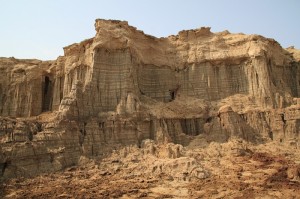
Lastly, we wandered the white and grey surroundings of Lake Asale, a white salt lake that reminds of the Bolivian pride. We enjoyed it so much that we could have stayed there for hours, but some sissy co-tourists couldn’t stand the heat and had to find refuge in the airconditioned Land Cruisers.
That night, after driving another 6 hours, we returned to Mekele with salty skins, sunburns and a feeling of great satisfaction. We had our hopes up high for what the next 2 days would bring us.
Part two of the trip was overwhelming. It started by driving for 8 hours to the base of the active volcano, Irta’ale. This driving was an experience in itself. Have you ever seen terrains that consists of dried lava stone? The large black bumps and waves that looks like thick cookie dough was poured from a bowl? We had to master a road that lead through these rough terrains and it was even a skill to sit in the car without bumping your head to the side of the car.
The drivers were real road renegades: they are not only skilled off road cowboys, but also car mechanics. And the way that they force these four wheeled wonders over the rocks, this is not an abundant luxury. They managed to fix blocked breaks, a broken 4WD driveshaft, a flat tire and leaking break fluid.
We had a stop at a military camp in the middle of the desert. Here we had to arrange the permits to access the area and stock up on security: we got 7 soldiers, 2 police officers and 1 scout (again, not so impressive because the Ethiopians are so thin, it looks like that they would rather fight for a good meal than to fight for a bunch of tourists…)
After arriving at our ‘base camp’ where we had dinner at the end of the day, we walked up to the mouth of the volcano for three hours. It was a bit eerie to walk through a pitch black night, soldiers with rifles to all sides, the heat drawing sweat from pores in places you didn’t even know you had any. With our head lights, our colonne looked like a giant rope of christmas tree lights. You walk at night, because walking during daylight is simply too hot.
The soldiers checked the crater area for 15 minutes before allowing us to enter. In all excitement we had forgotten that we were about 15 miles from the Eritrean border, in a conflict area and exactly on the spot where the killings took place in 2012.
We were lucky: the volcano had an active night and presented us immense blows, vibrating hot air and grand fire works. It was spectacular indeed! It was our first lava, and standing at the edge of this giant melting pot, we got an idea of the forces of nature that are at work in our earth’s core.
After having watched this spectacle for 2 hours, we slept for 3 hours next to the crater under a beautiful starry sky before walking the 3 hours to base camp again.
It was a new experience to be on an organised tour in a large group. A large group of Israelis, for that matter, was an experience in itself. From now on, we can spot the Israeli from hunderds of meters distance. By what? First of all, their appearance. Small, long faces with thick eyebrows and dark hair. Big hair, lots of hair. Only one receding hairline spotted, but he had a second nationality 🙂
Secondly, without exception, they wear Teva sandals. They even told us that when there is a funeral, people don’t dress up but come in their regulars, including their rubber Teva tracking sandals.
Thirdly, and I find this is a bit more difficult to explain, is that to me they seem to have a sort of hippie-air over them. Still today, they have to serve 3 to 4 years in the army, both men and women (unless you can prove you are religious). After that, most go on their large ‘walkabout’: backpacking for a longer time to explore the world. Only by the time they are about 24, they start university. So their ‘serious working life’ starts years later than in Europe. I don’t know if it’s this student-like feeling, or the fact that some of the people in our group still lived in a Kibboets. It got us more interested in Israel and its history though, not in the least because of the interesting history lessons Yuval gave us. This might be one of our next travel destinations.
But, needless to say, that we had a great time with our new Israeli and Japanese friends. It was delightful to get some new input, learn new things and have different conversations than just with each other.
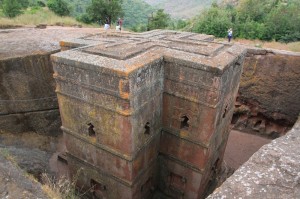
After spending days on the lowest place in Ethiopia (-125 meters), Conny and I drove the Bushi to Lalibela. On the road we hit the highest point by car until now: 3520 meters! Lalibela houses the most beautiful, unique rock-hewn churches in the world. This Unesco heritage site is situated in beautiful mountain surroundings and the village itself looks very friendly. The most famous church is the Bet Giyorgis, or St. George church. This church is carved 15 meters deep, perfectly cross shaped and free standing from the surrounding rocks. We found it to be true what they say about these churches: ‘you may have seen dozens of picture, but nothing compares to seeing it for yourself.’ It might be boring if we start describing all churches and their beauties, so we’ve just added some more picture this time in the Ethiopia photo album and definitely recommnend visiting them yourselves. The sheer effort of hewing a plane rock into a precisely shaped church is astonishing.
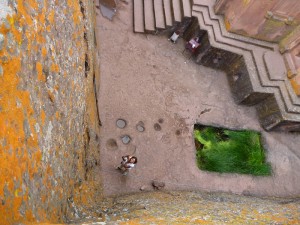
Our next story might take awhile because wifi is scarce, but when we get connected again, we’ll share a bit more about our daily routines and living on the road in the Bushi. Thanks for staying tuned!
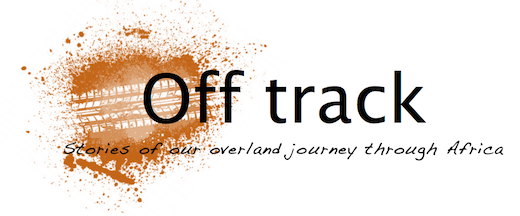
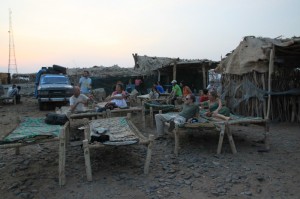
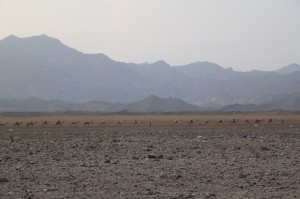
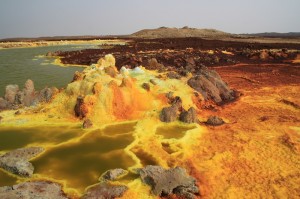
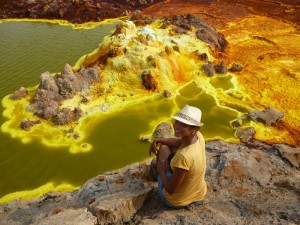
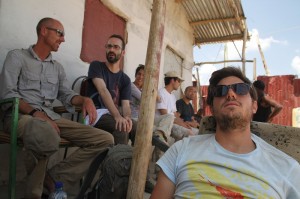

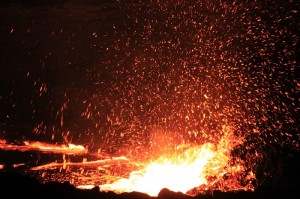
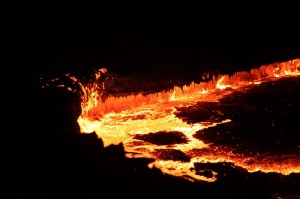
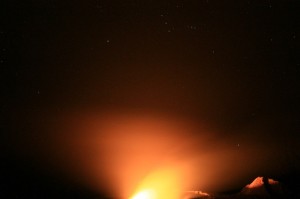
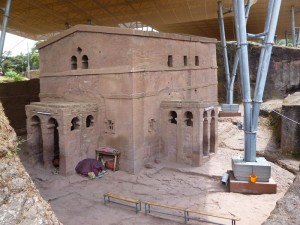
Leave a Reply